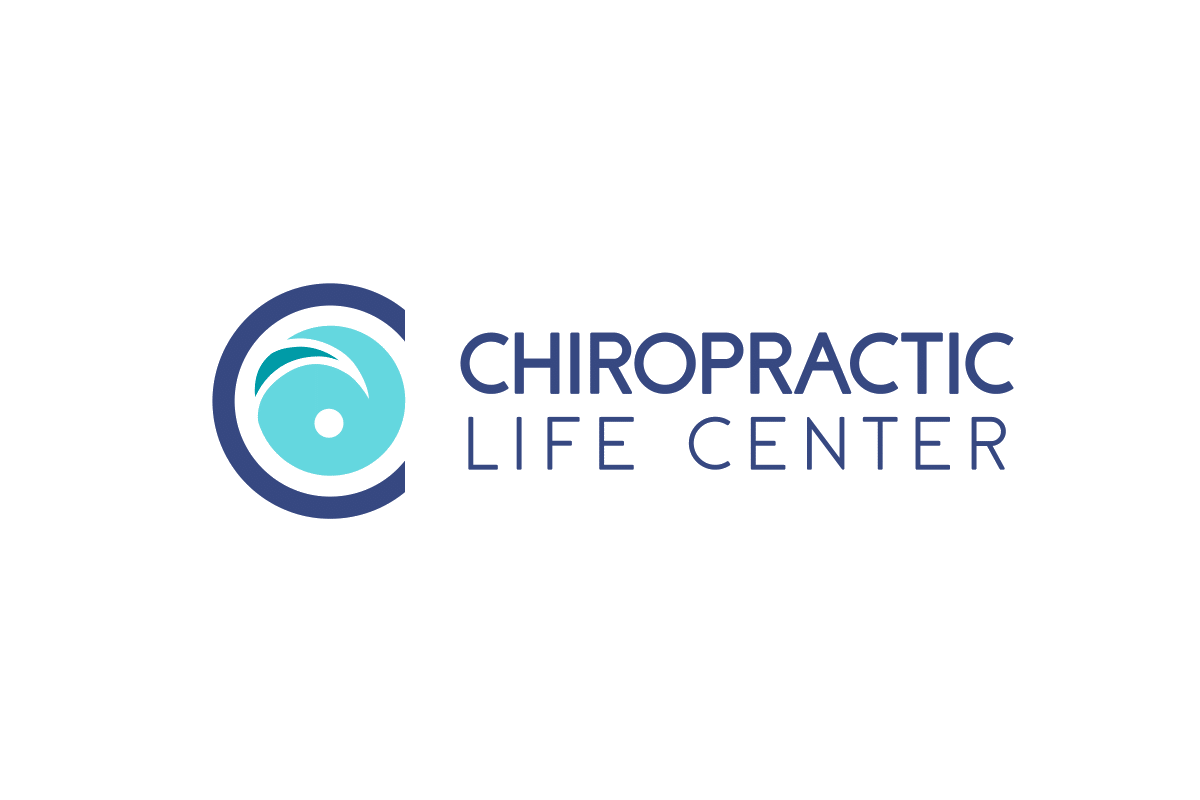auto Injury
WHIPLASH TREATMENT
Nearly 3 million people in the United States suffer from whiplash each year. Whiplash generally does not cause immediate symptoms, as they usually develop over time and can lead to long-lasting problems for your spine. Drs. Leo and Courtney Meltvedt at Chiropractic Life Center in Encinitas, California, offer expert chiropractic care if you are involved in a car accident, or hurt your head or neck in a fall or during an activity.
Call (760) 783-0105 to make an appointment today, make sure your whiplash doesn’t lead to more serious problems!
WHAT IS WHIPLASH?
Your neck is flexible and supports the full weight of your head. That flexibility makes your neck vulnerable to injury, particularly whiplash. When high-impact activities cause your neck and head to be forced backward and then forward, whiplash occurs. This lightning-quick motion puts the cervical spine through extreme stress.
Neck discomfort ranging from mild tingling to agonizing pain is the most common symptom associated with whiplash. Other symptoms include:
• Neck stiffness and instability
• Reduced range of motion
• Shoulder pain
• Upper back pain
• Headache
• Tingling, weakness, or numbness that radiates into your shoulder and down your arm
HOW IS WHIPLASH TREATED?
In order to treat your whiplash, Dr. Leo and Dr. Courtney use a number of different techniques, including:
Chiropractic Adjustments : The doctors use a variety of specific adjustive techniques and will tailor-make an adjustment for you depending on your needs and your request.
Pettibon System : The Pettibon System includes a neck traction that re-establishes normal curvature in both your cervical and lumbar spines. It’s painless and easy. Denneroll : Denneroll is a pillow-like orthotic device engineered with curves, angles, and ridges designed for a low-stress, comfortable treatment that restores the curves in your neck.
Spinal molding fulcrums : Spinal molding fulcrums are specifically designed foam wedges. Dr. Leo and Dr. Courtney use them for posture correction and spinal curve rehabilitation. Spinal molding fulcrums are a support system that gradually remolds your spine, including its supporting musculature and connective tissue, to restore its proper curvature and reduce the daily effects of forward head posture.
HOW IS WHIPLASHED DIAGNOSED?
In order to diagnose your whiplash, Dr. Leo and Dr. Courtney ask you questions about your injury, including:
• How the injury occurred
• Where you feel pain
• Whether the pain is dull, shooting, or sharp
A physical exam enables them to check your range of motion and find areas of tenderness. Additionally, the staff at Chiropractic Life Center use motion X-rays in order to clinically assess the stability of your cervical spine. Motion X-rays detect abnormally high or unusual motion between vertebrae. Motion X-rays enable the doctors to ensure your pain isn’t connected to another type of ailment.

